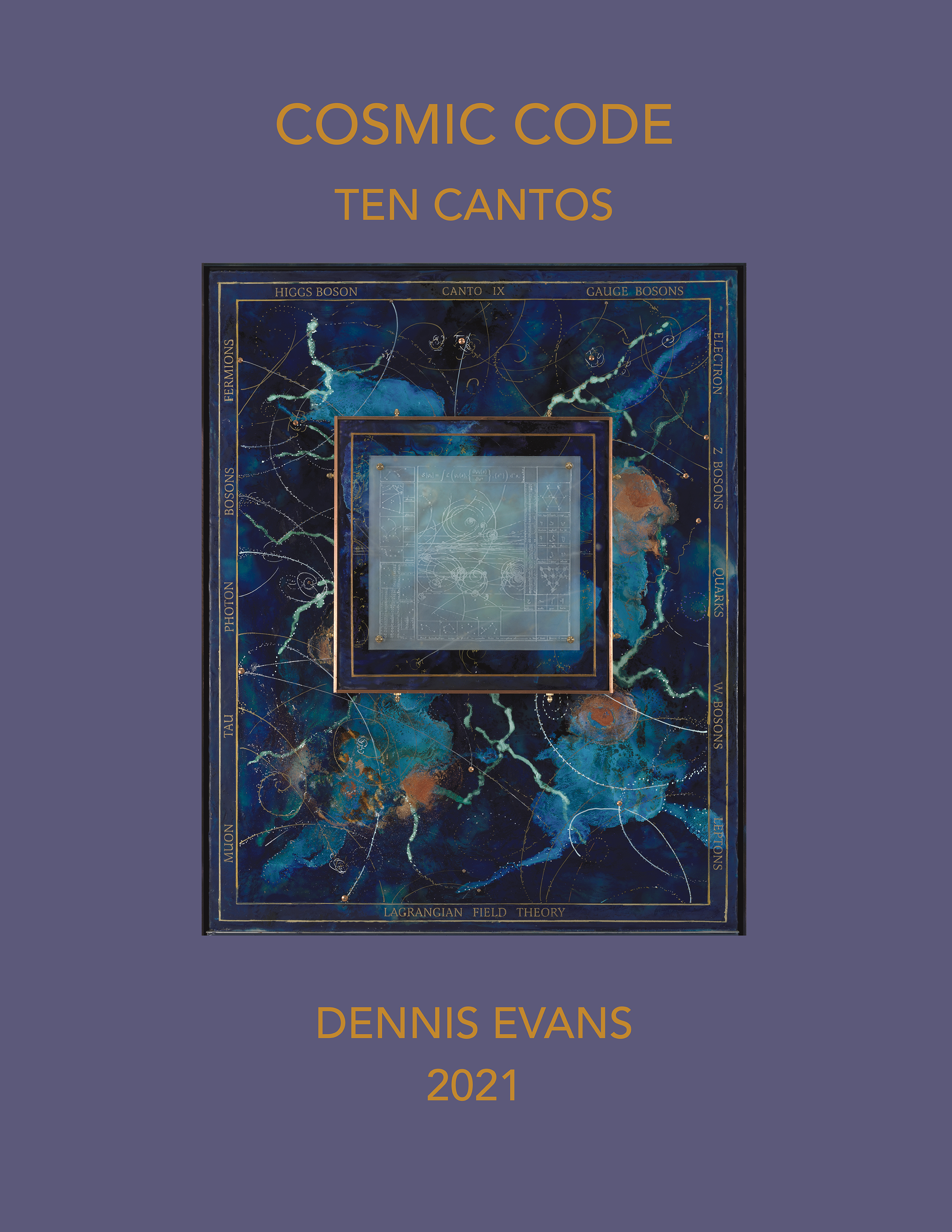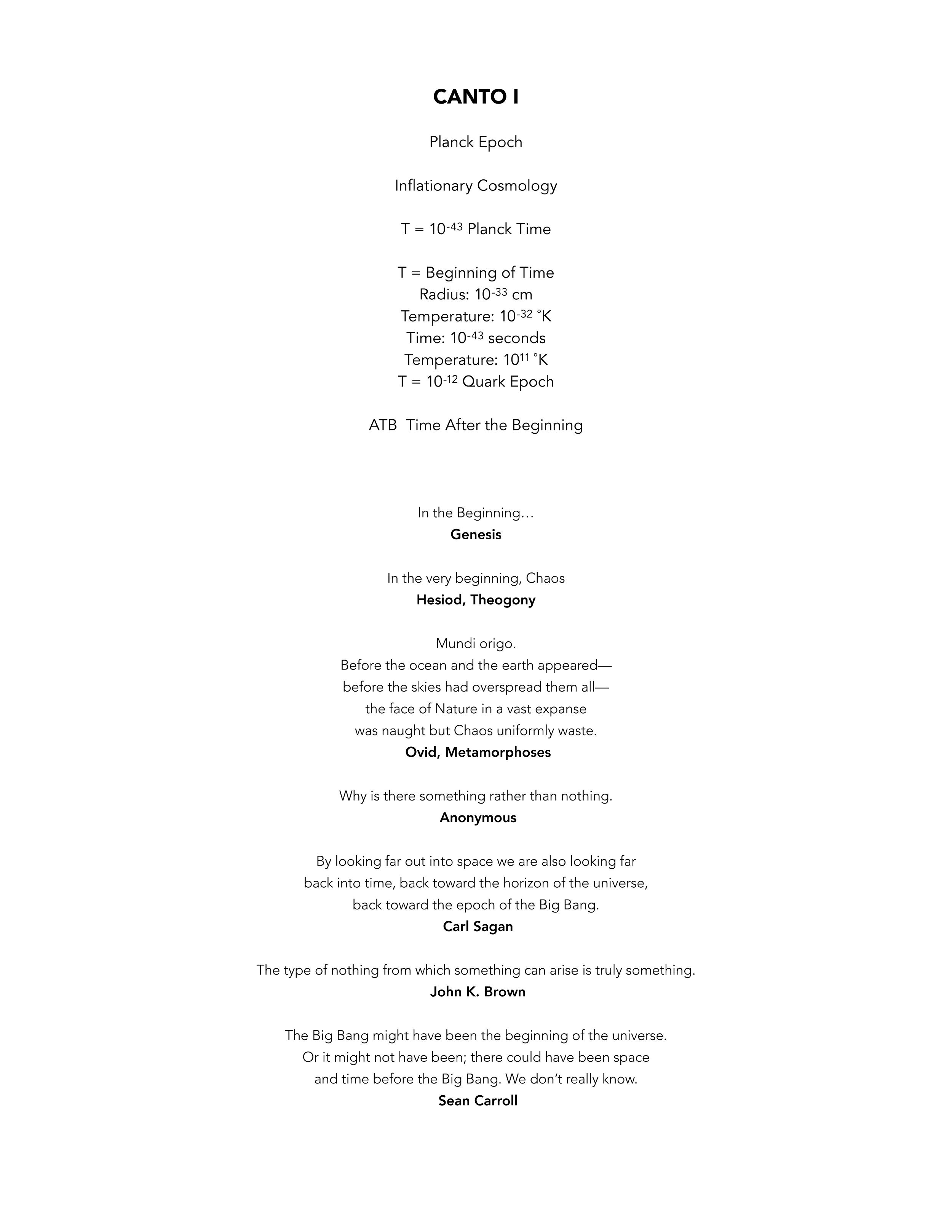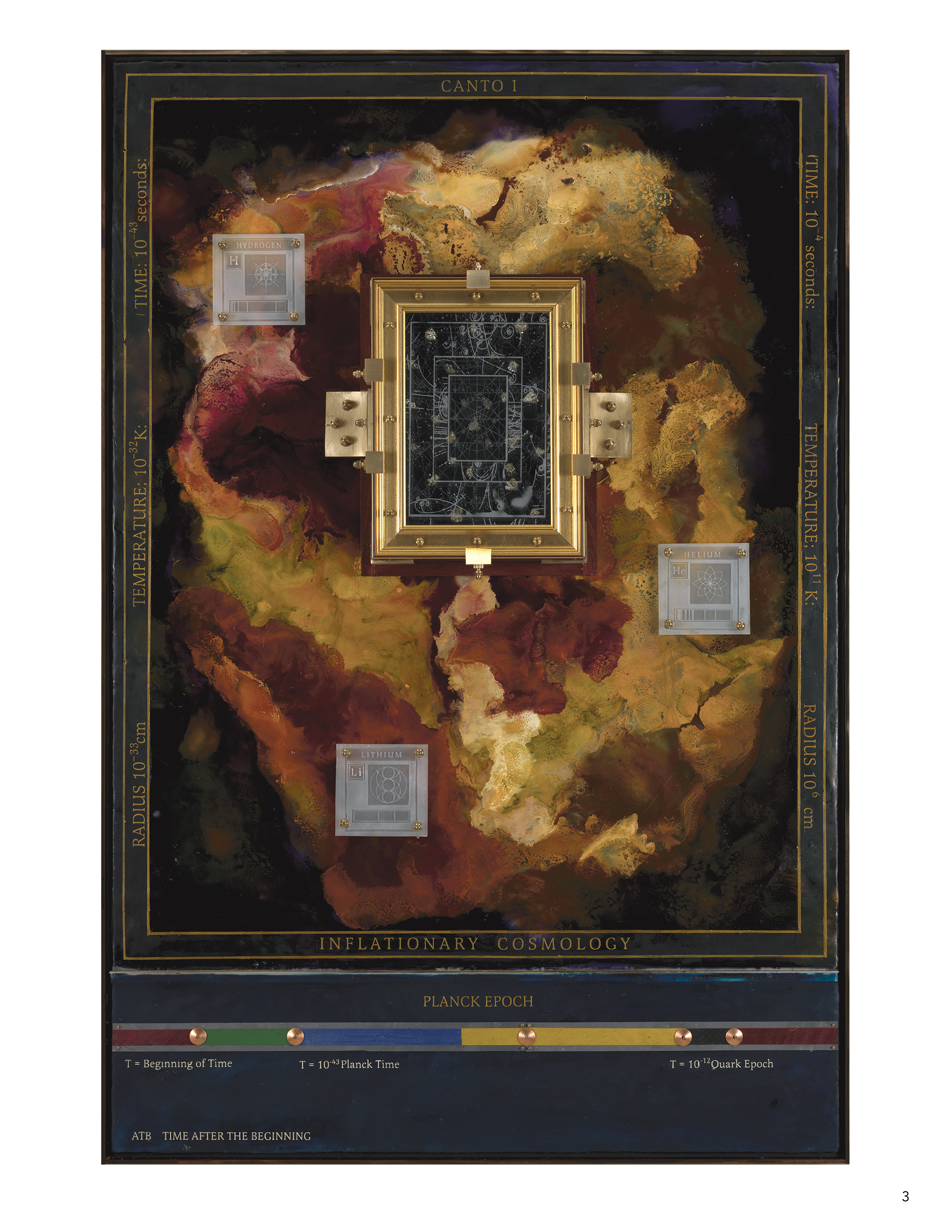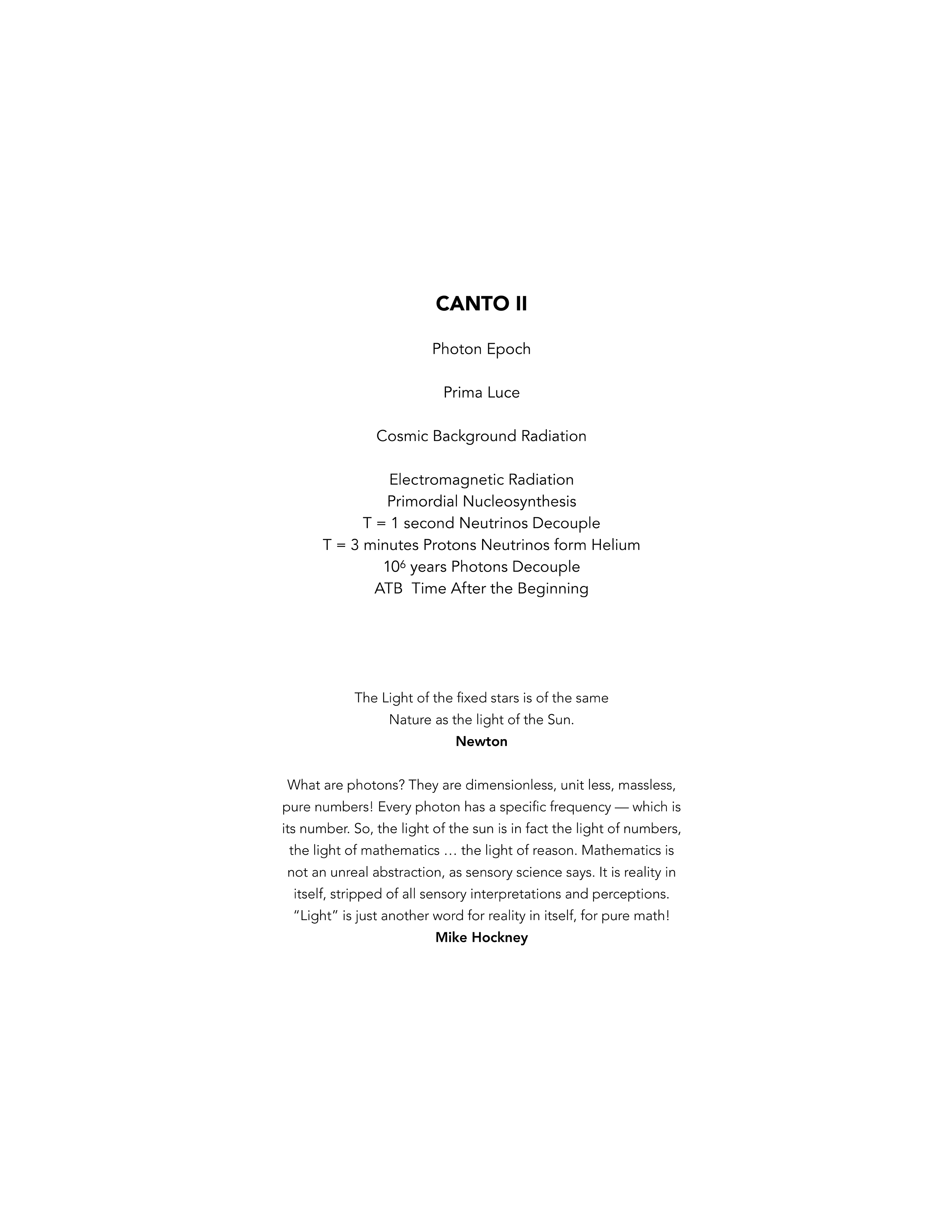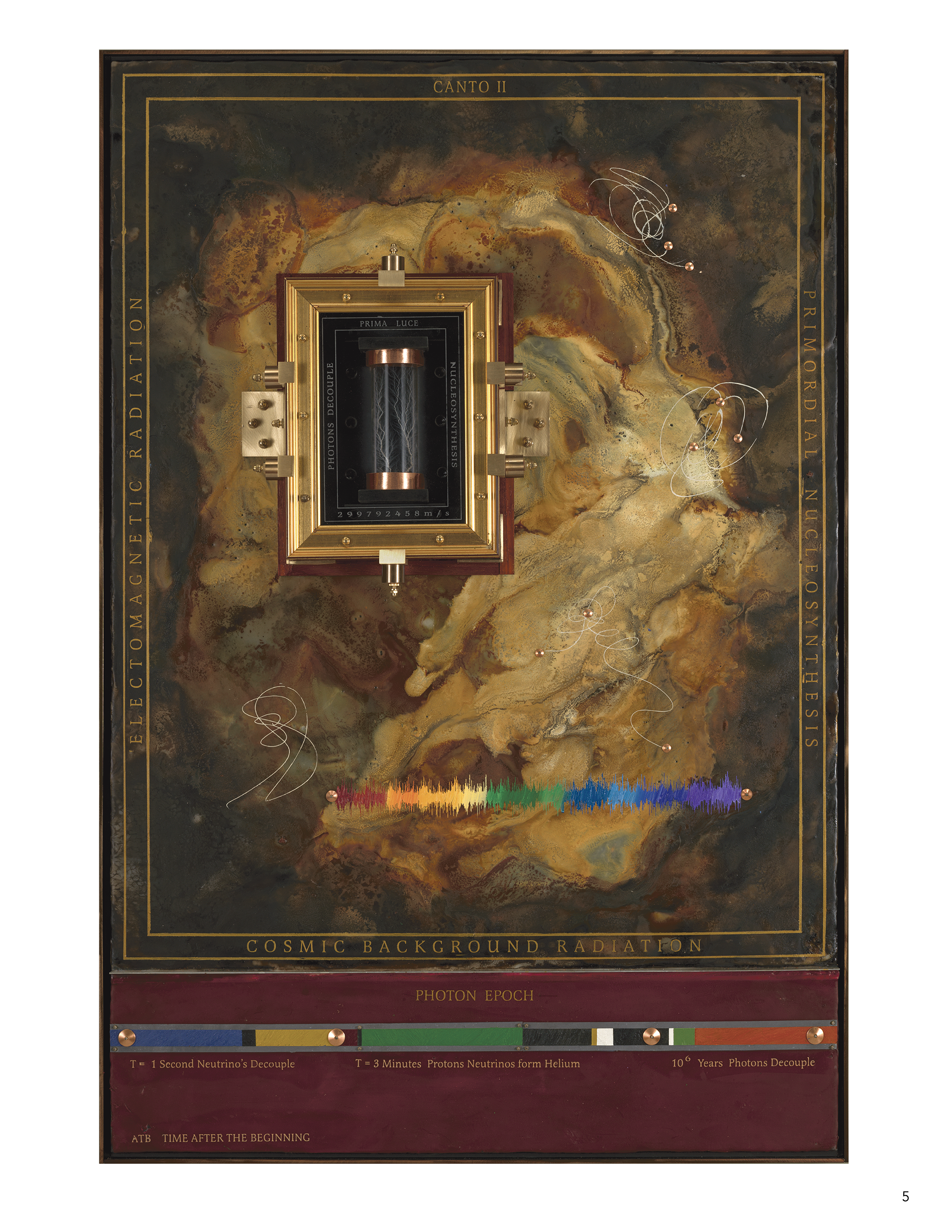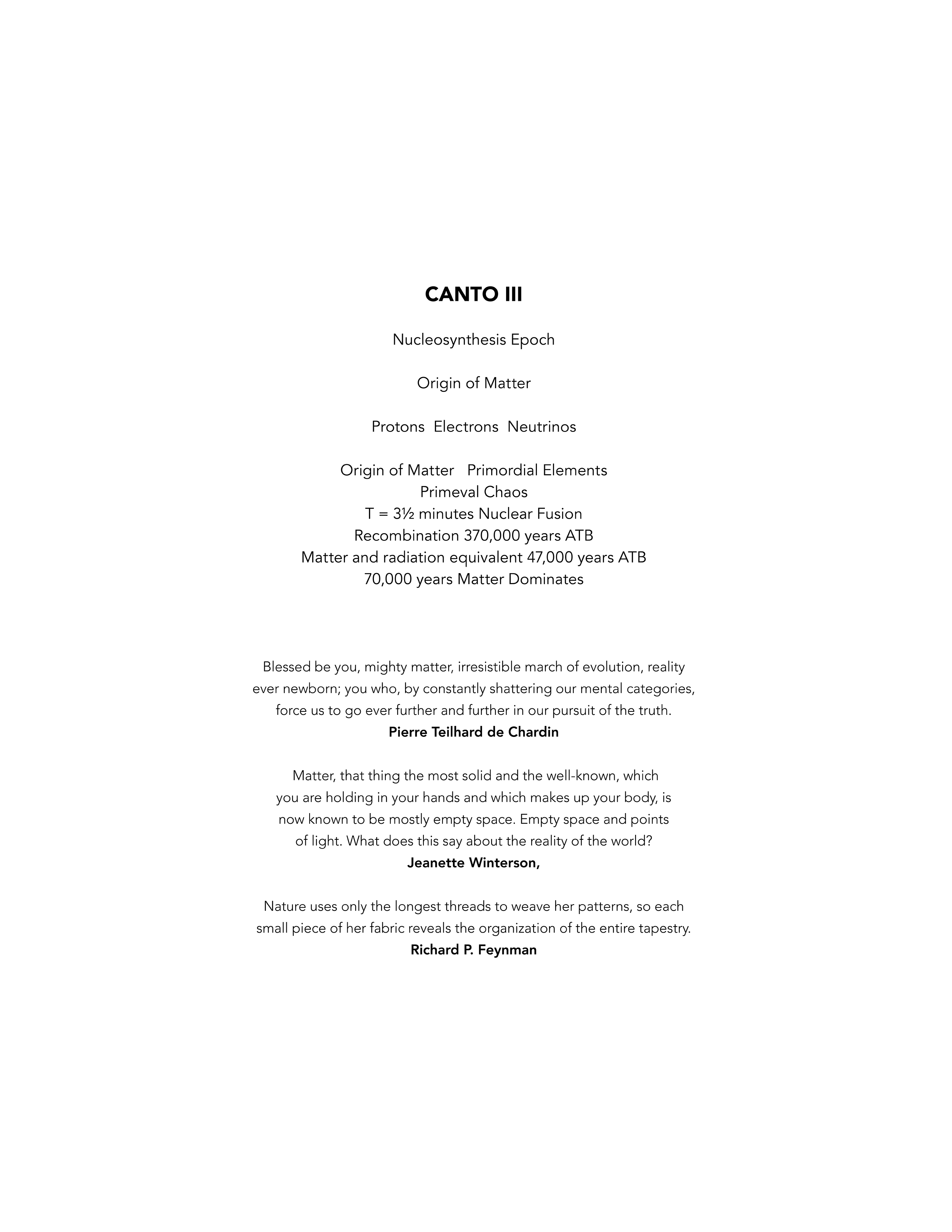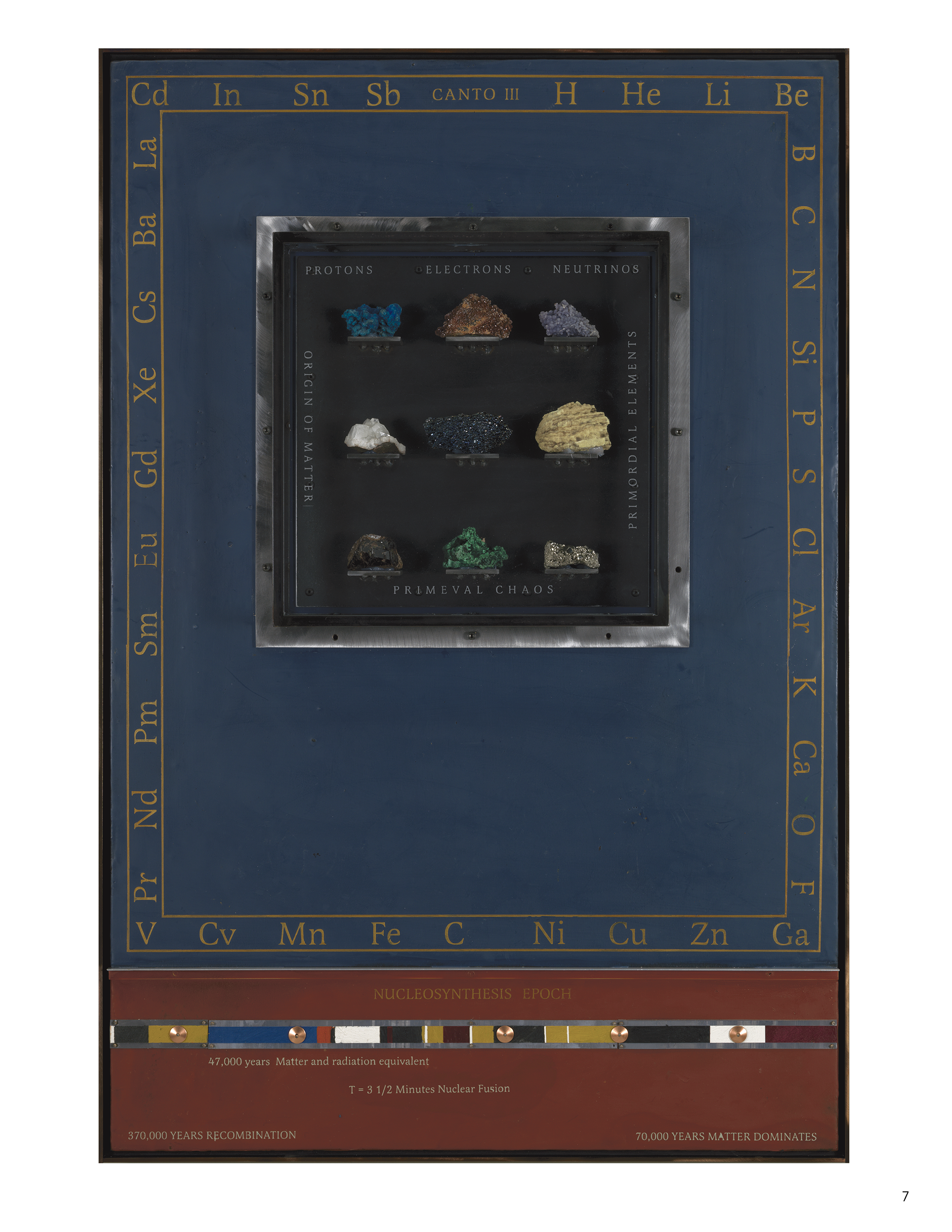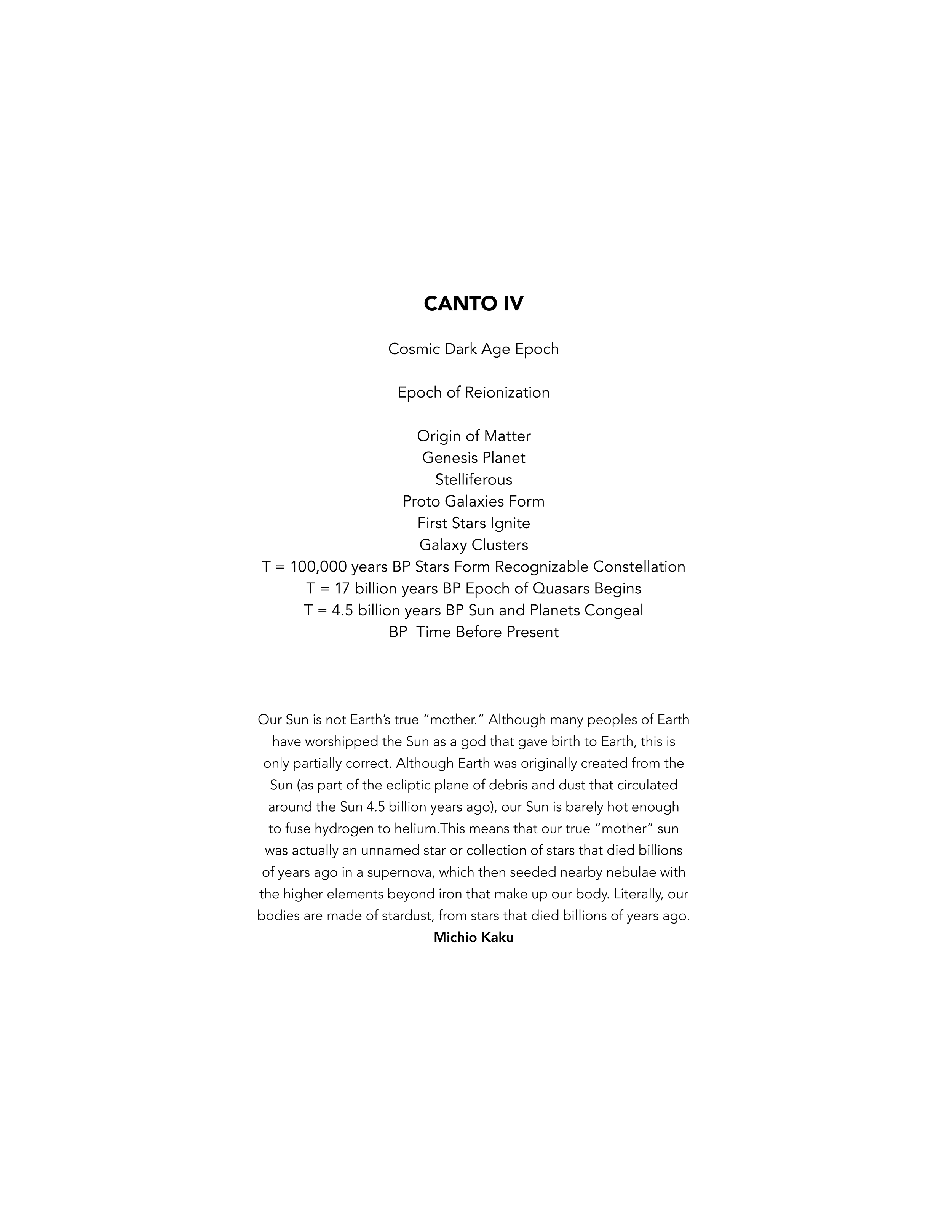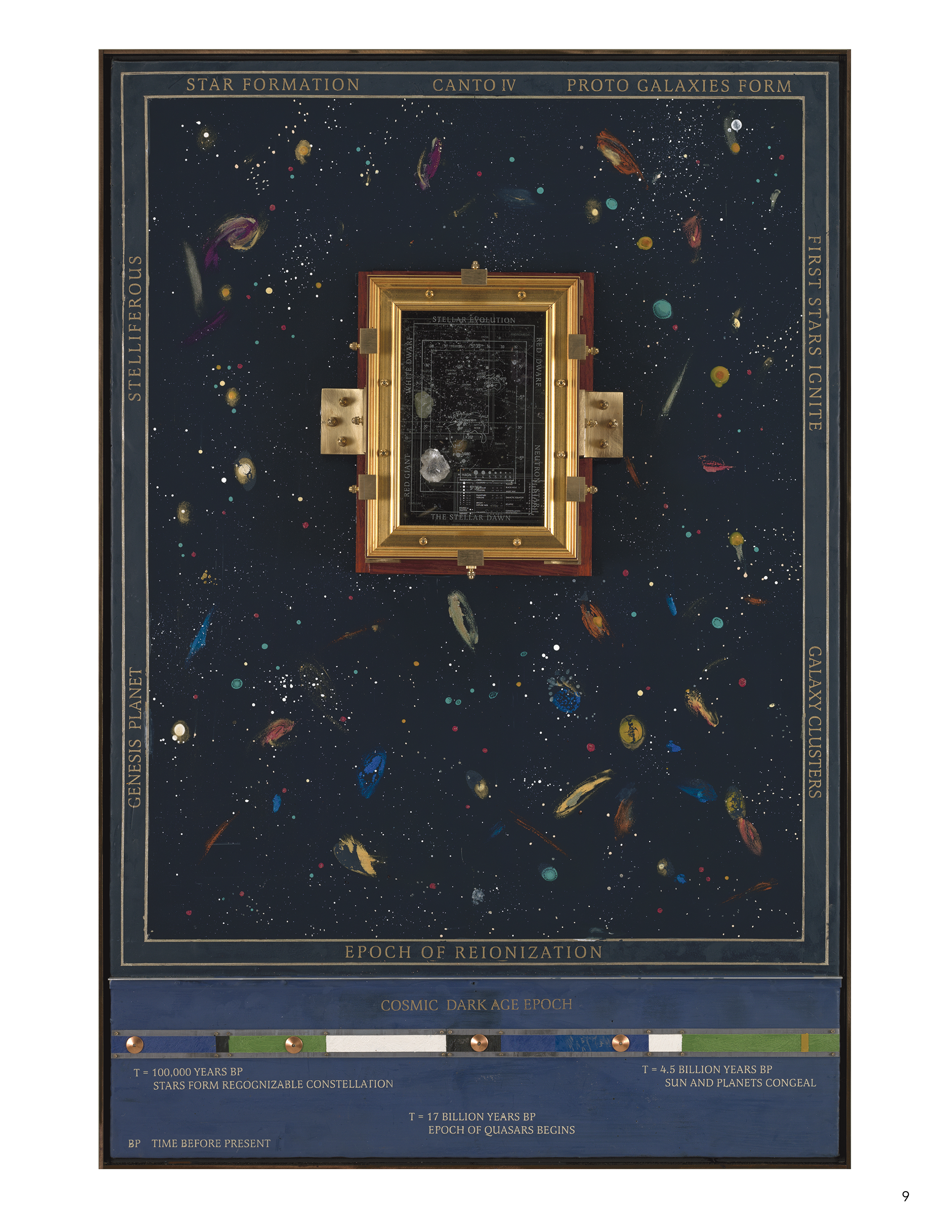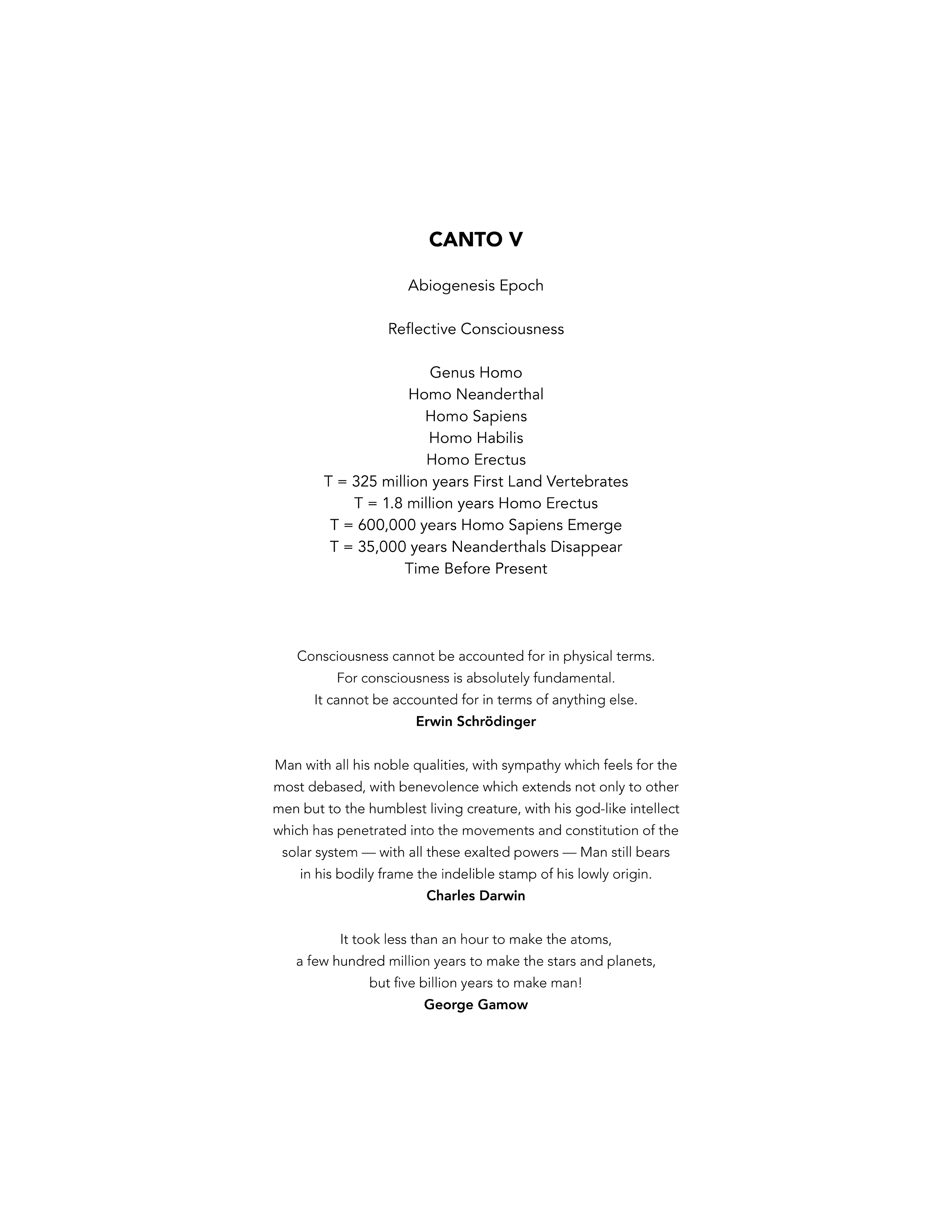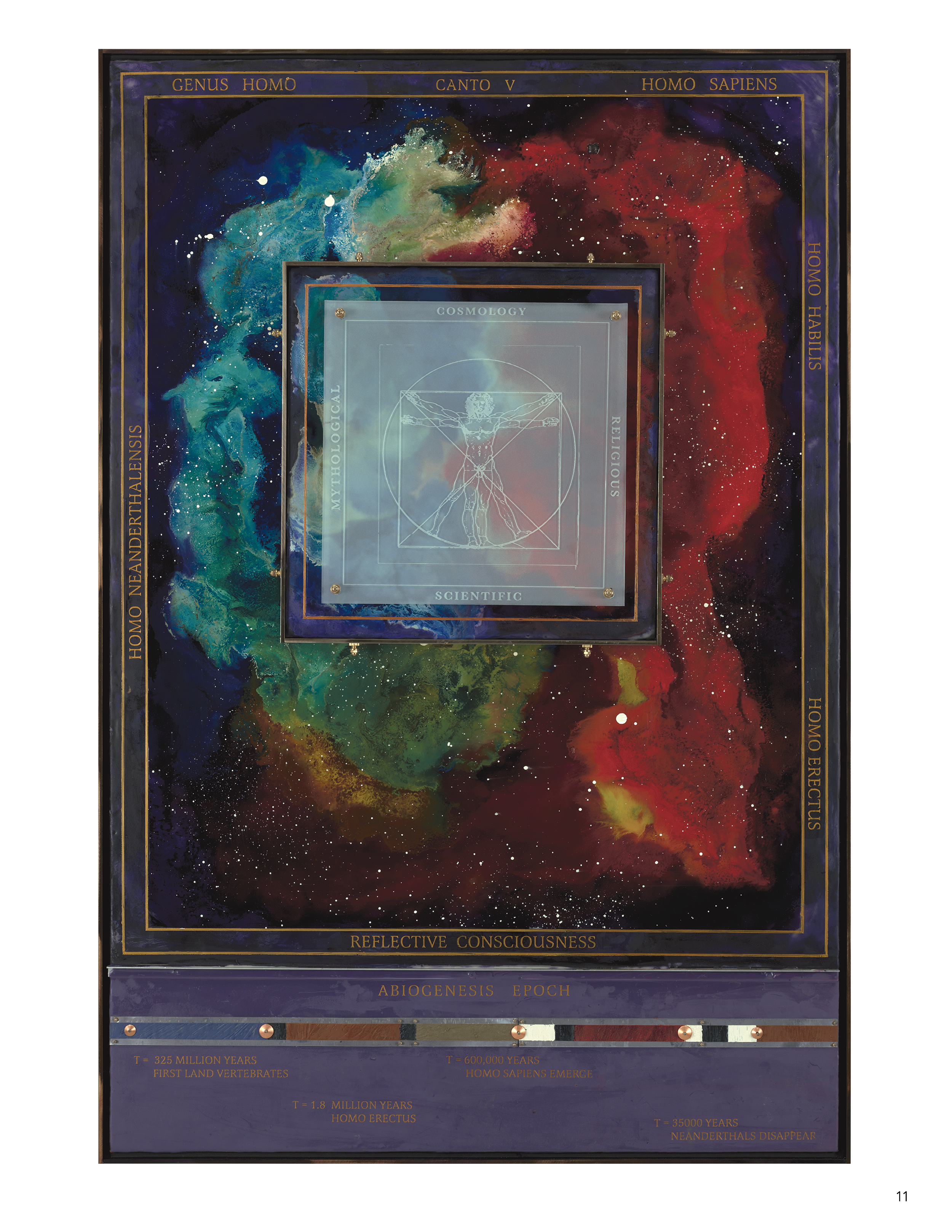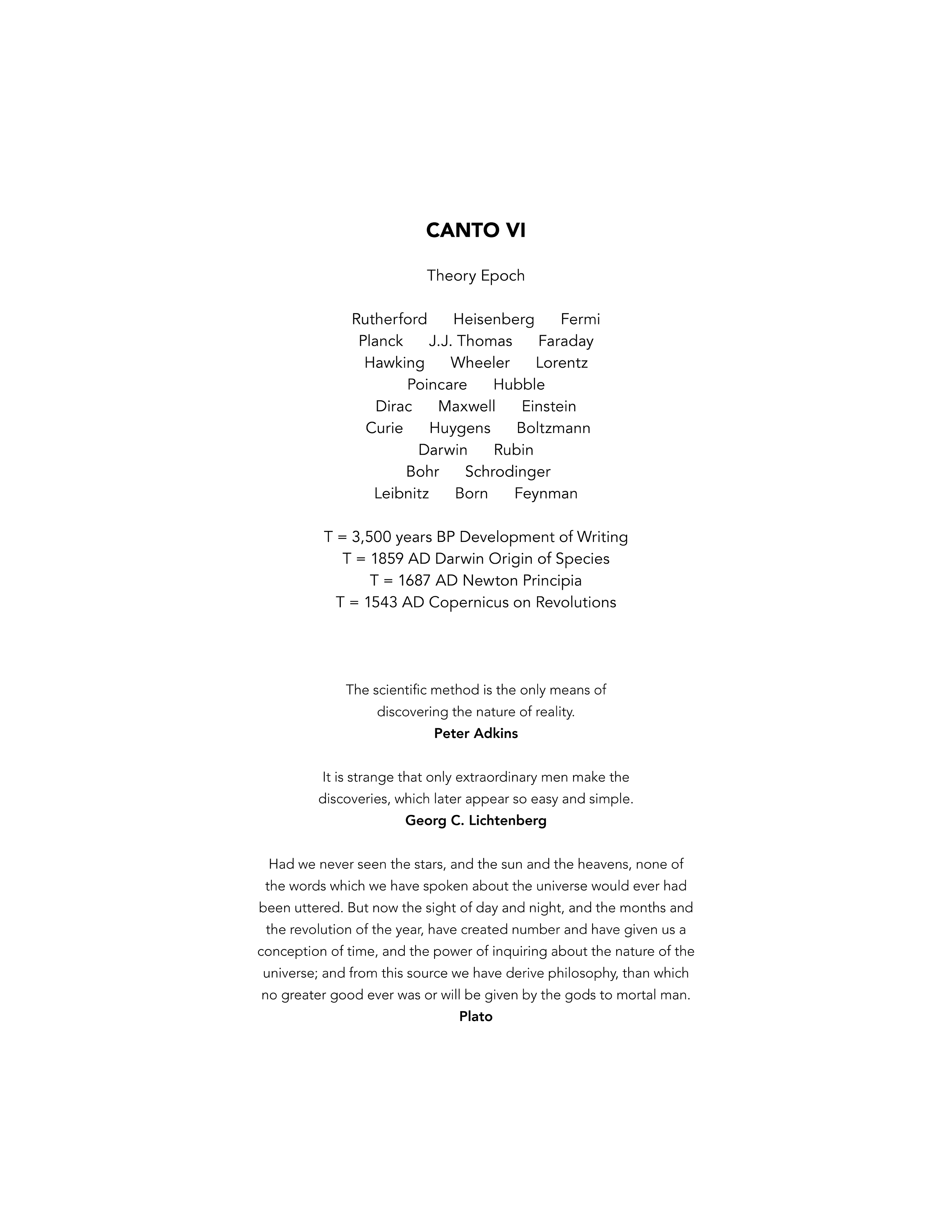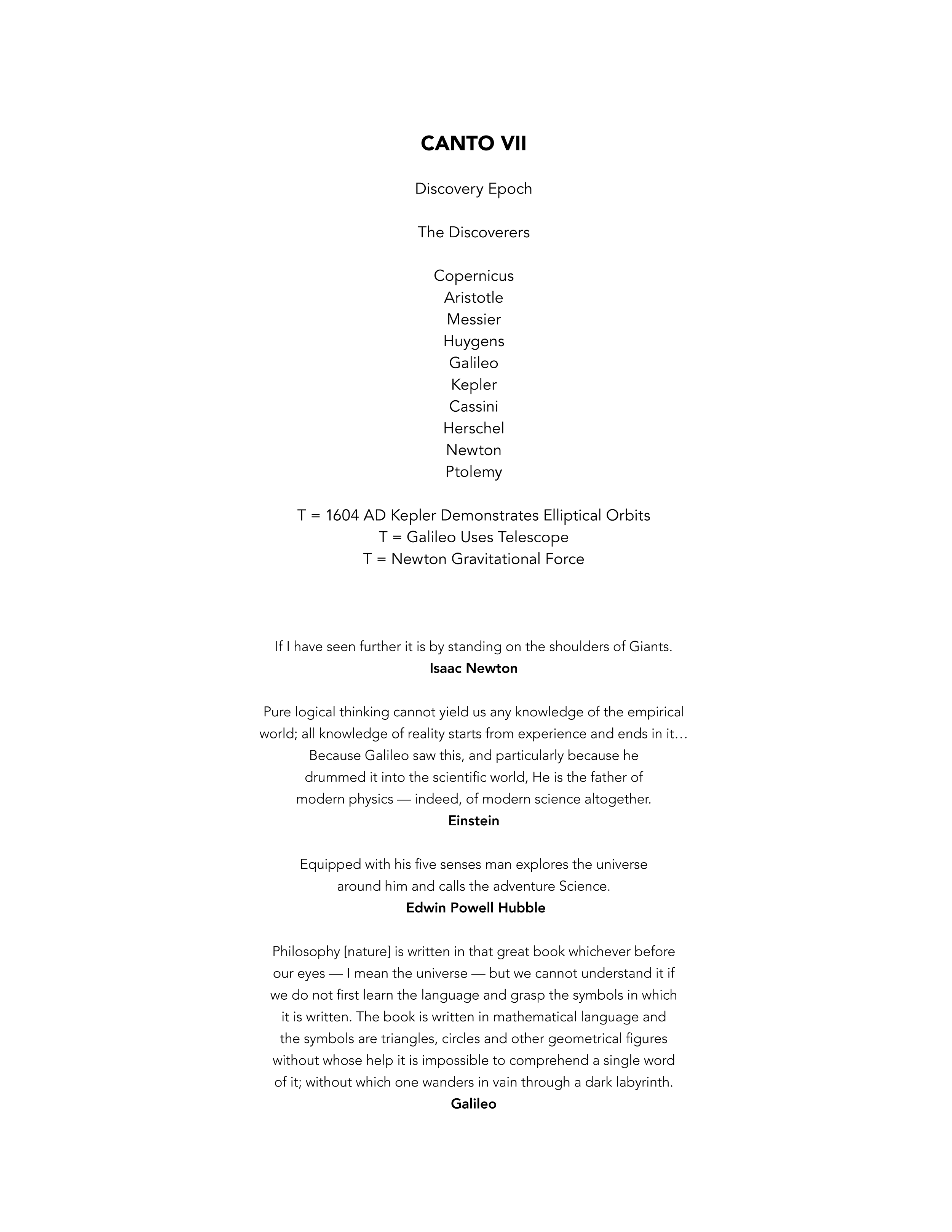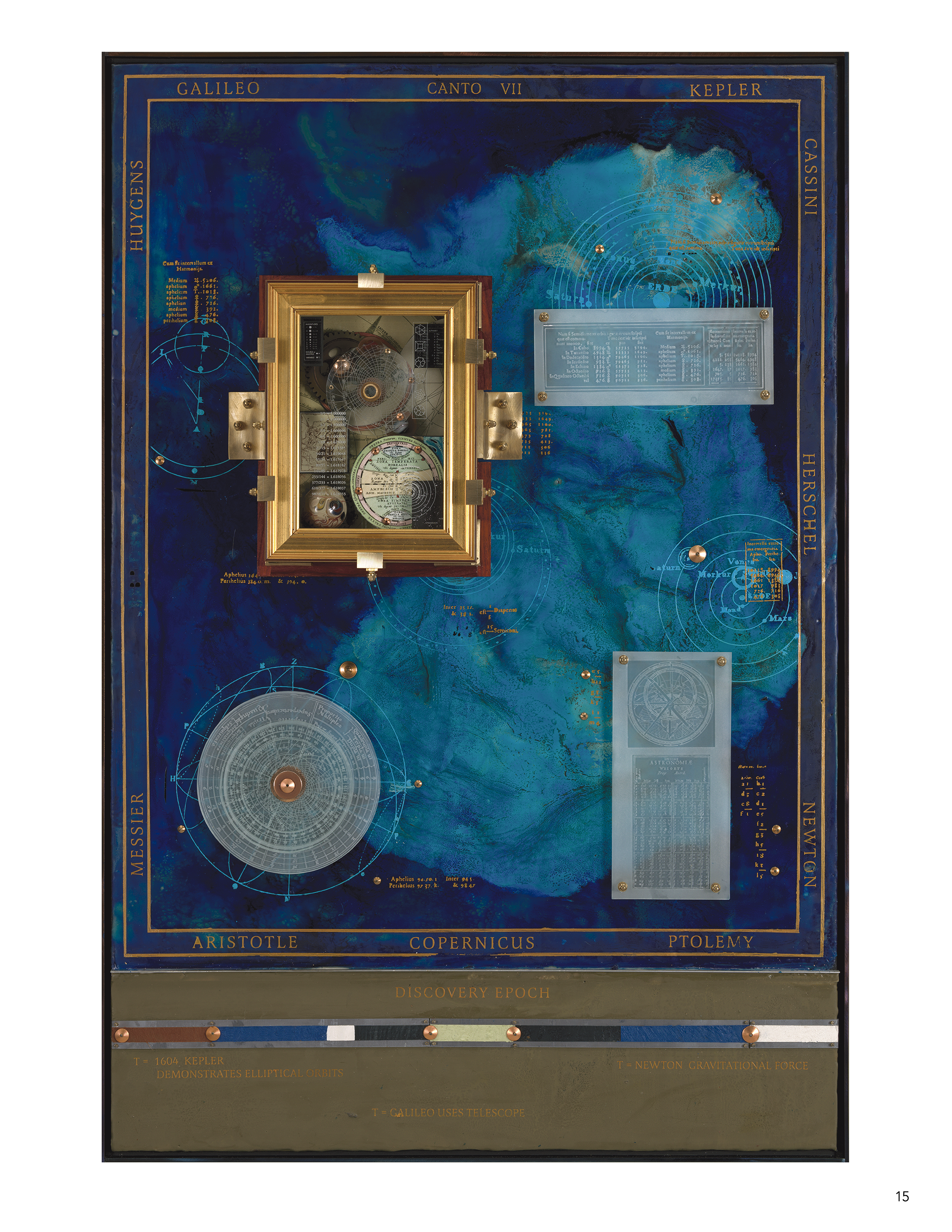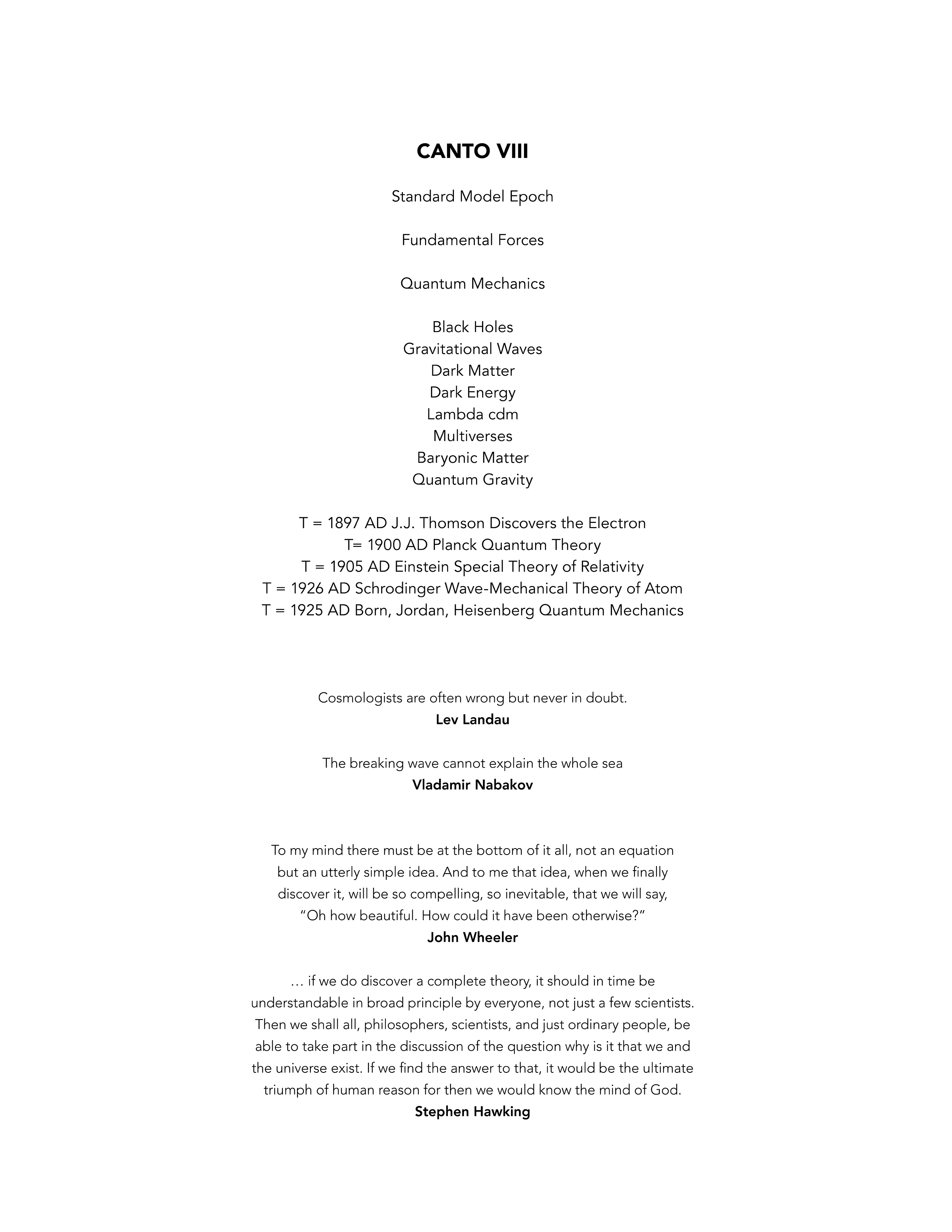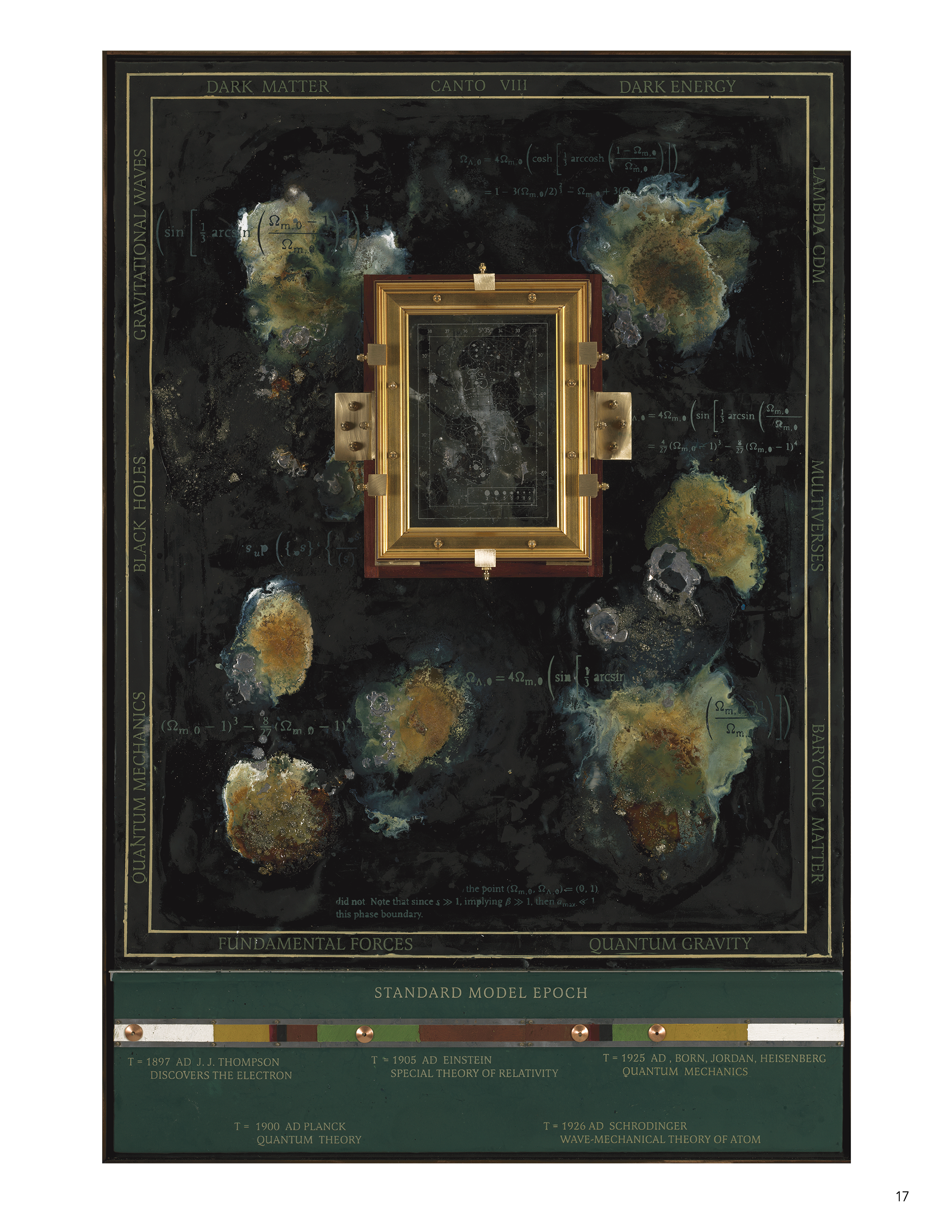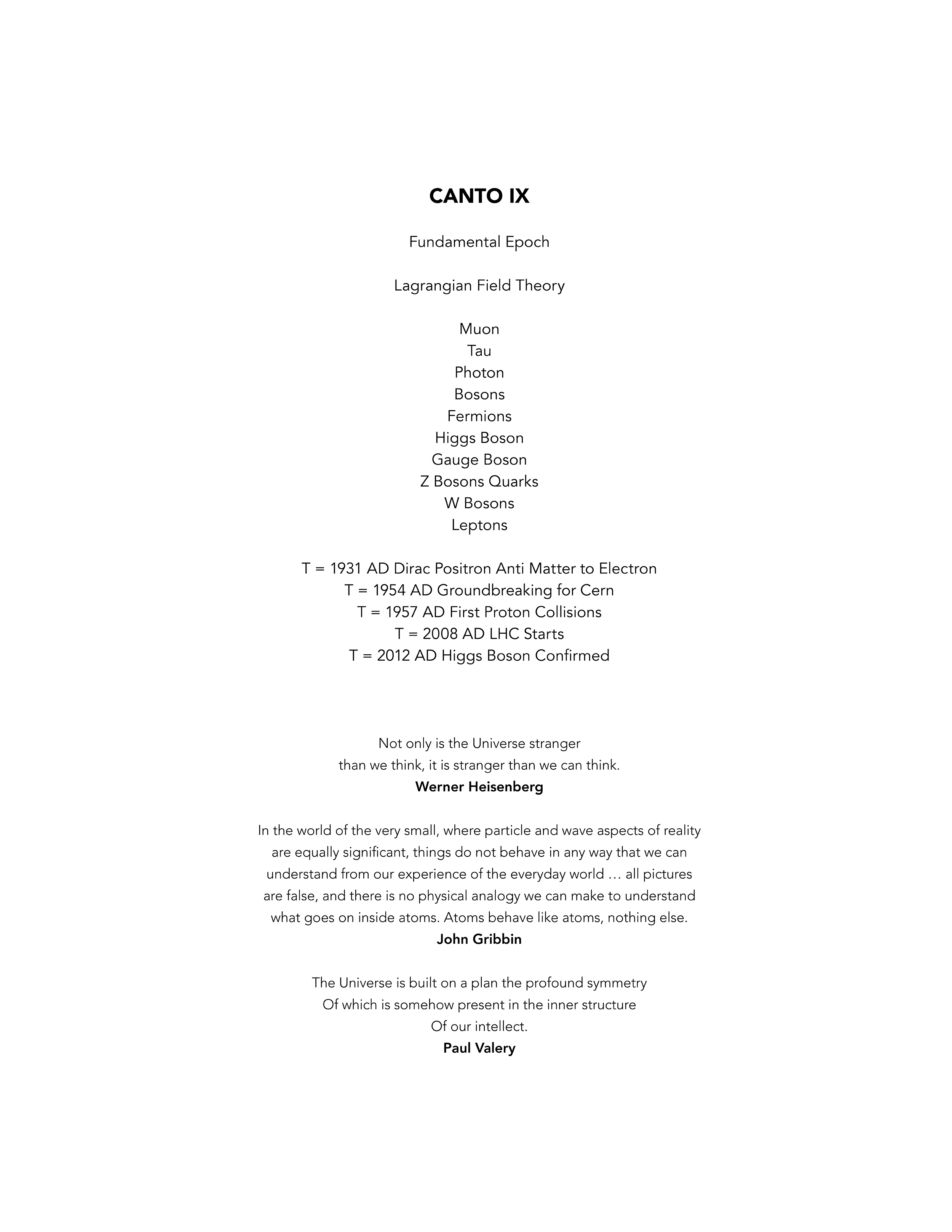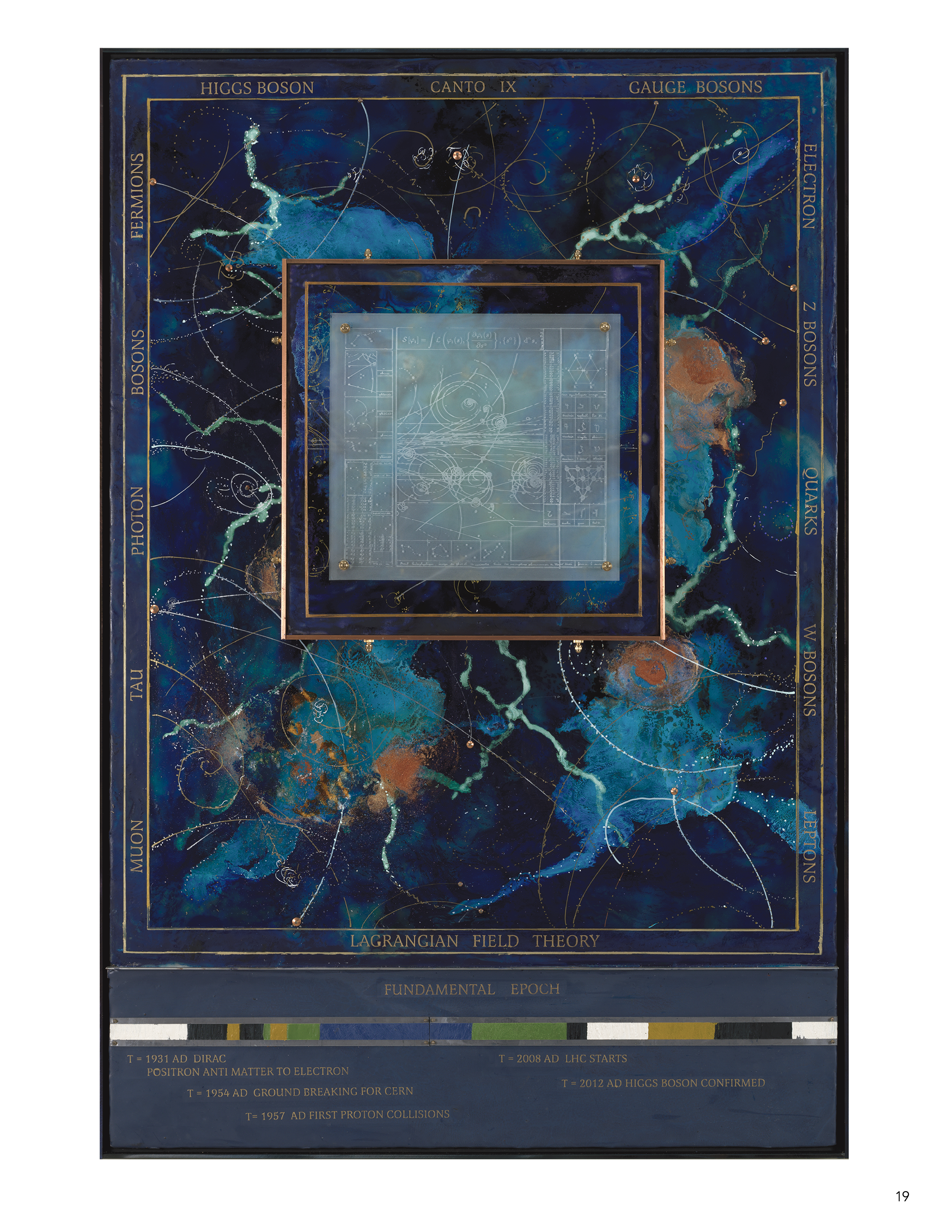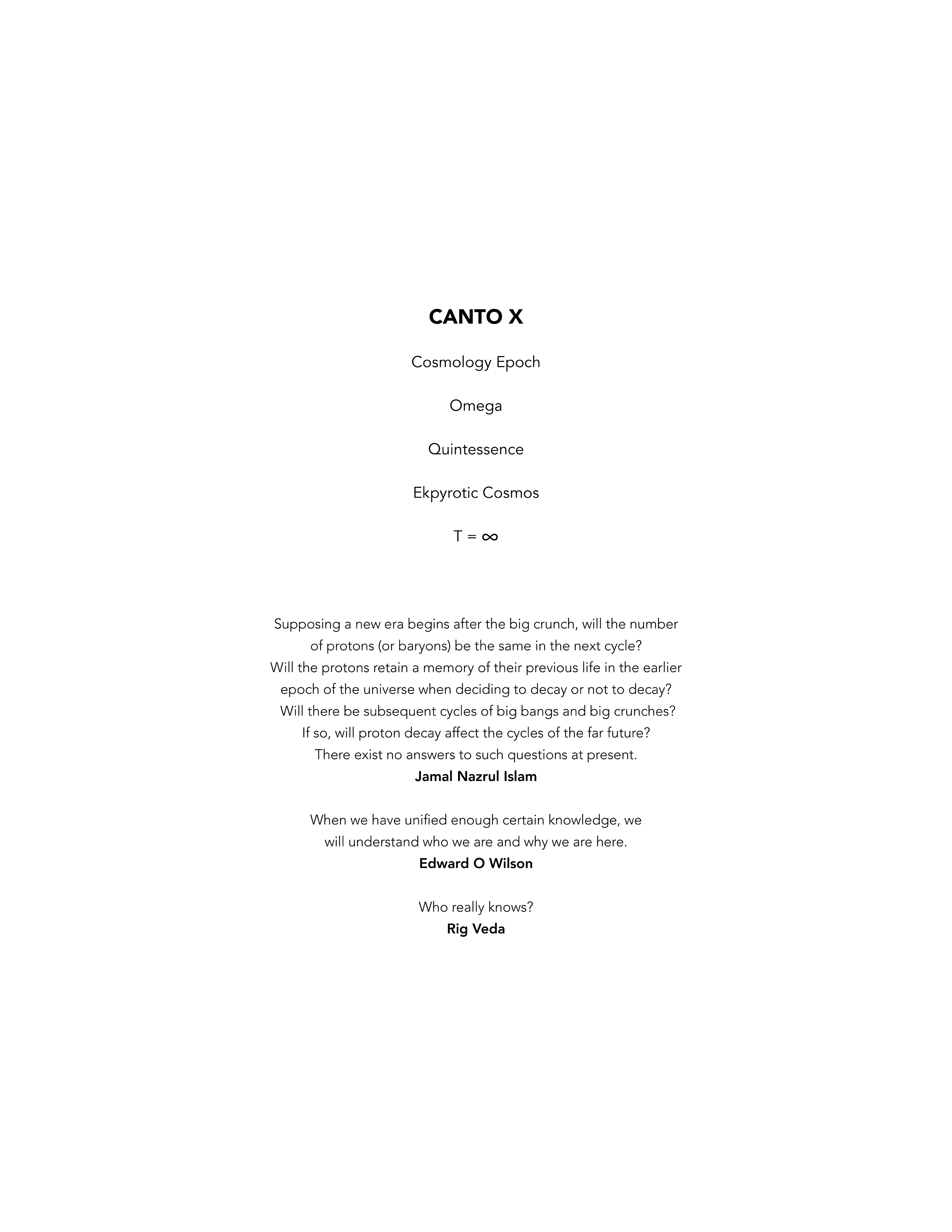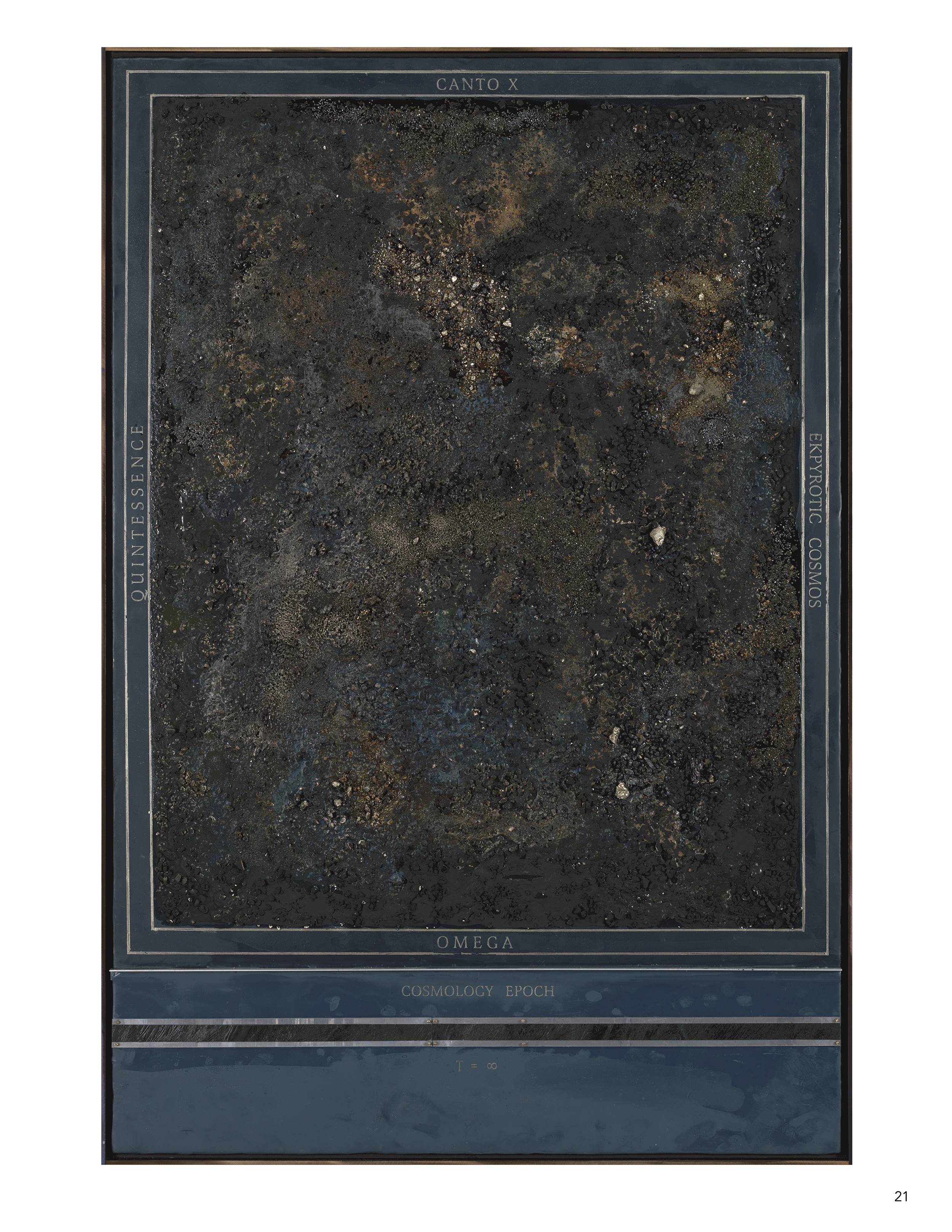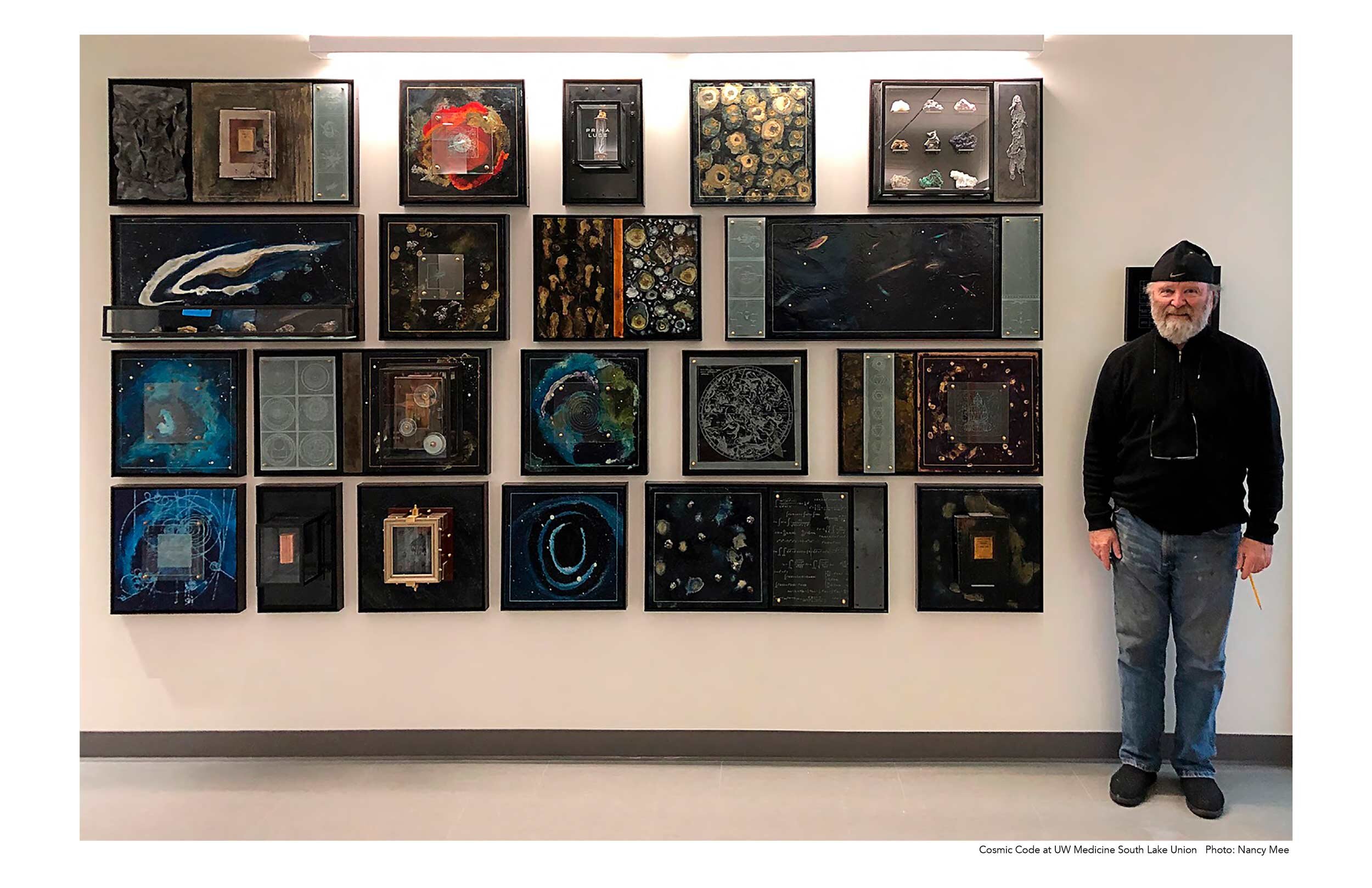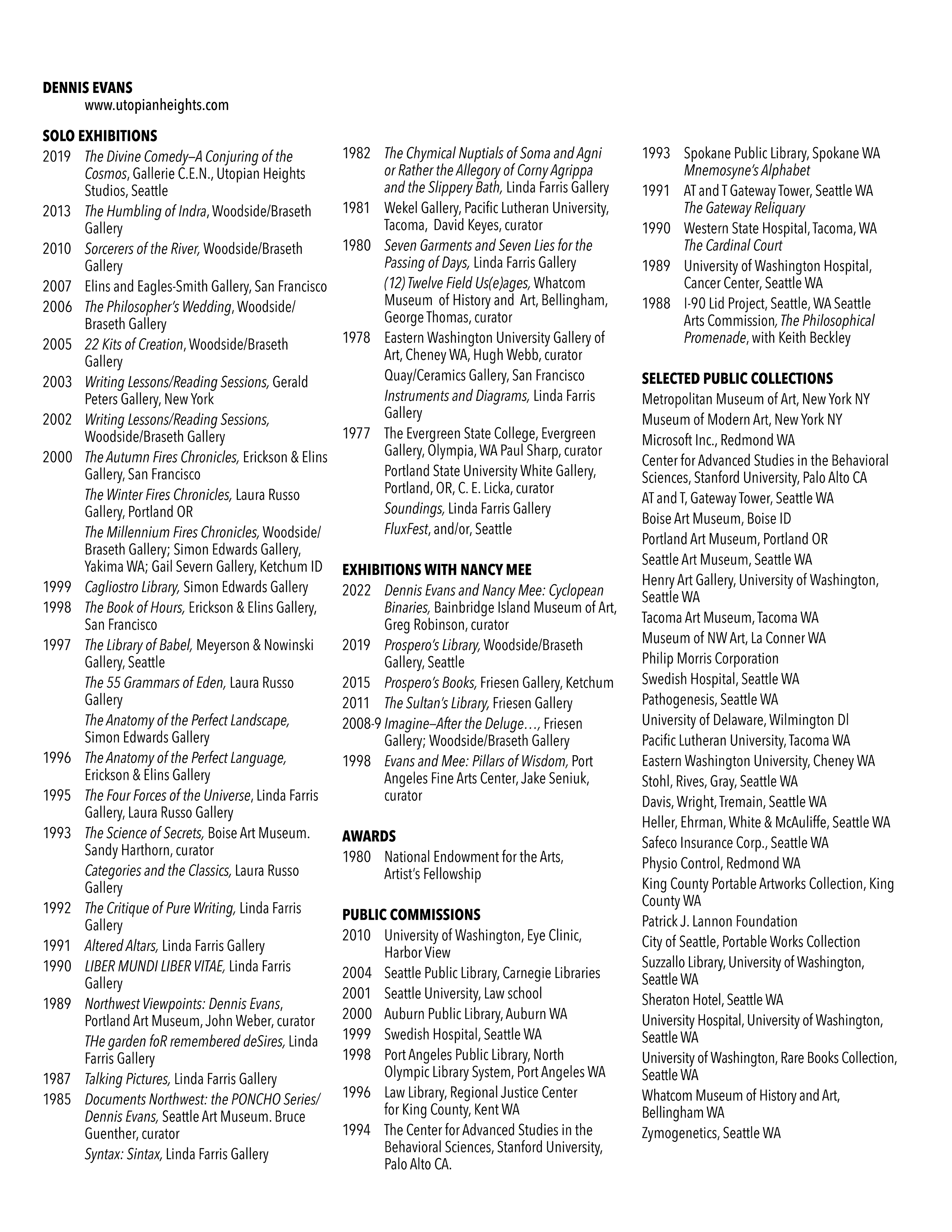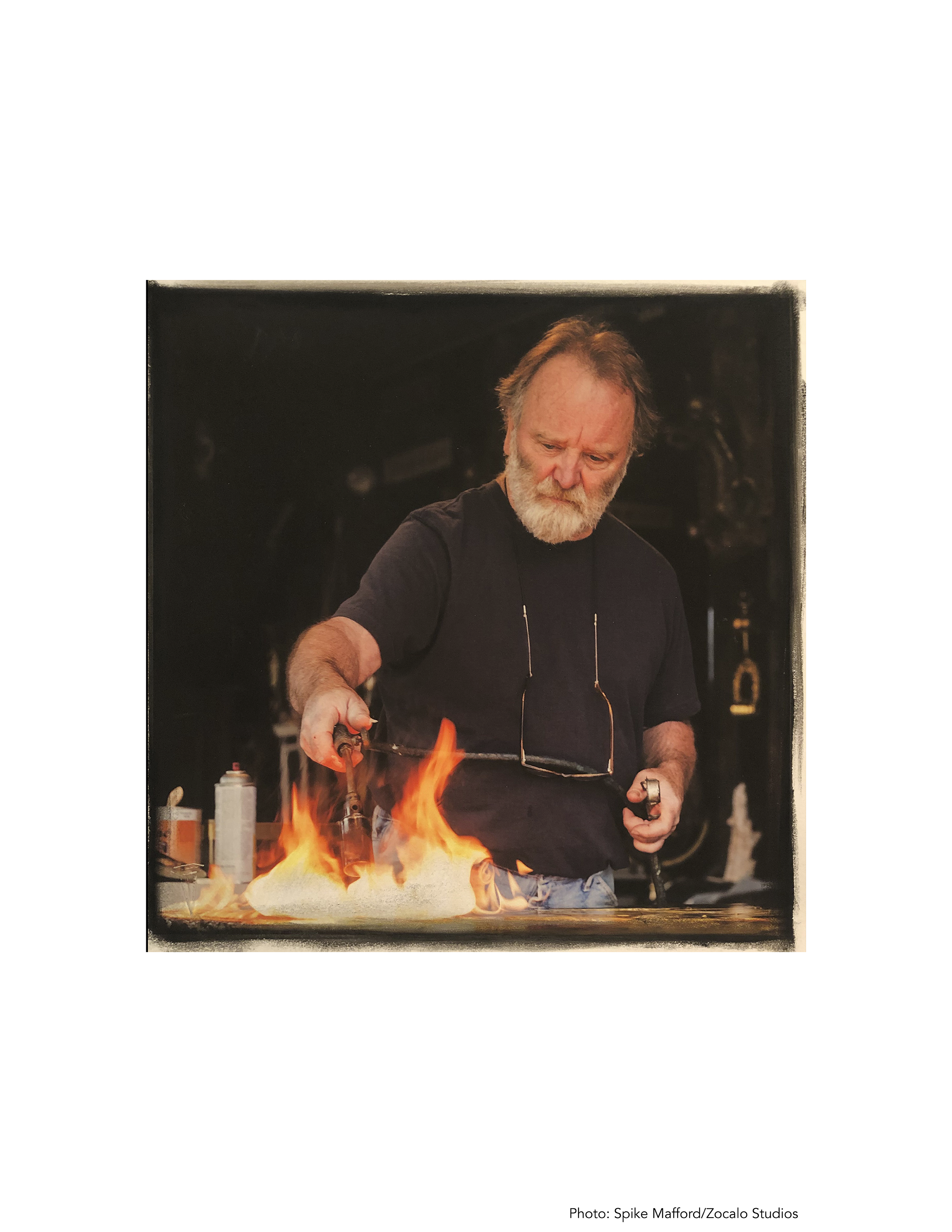The Cosmic Code
About 13.8 billion years ago, our universe began.
That moment, is known as the Big Bang.
The Universe experienced a sudden burst of rapid expansion an instant after the Big Bang blowing up from an infinitesimally small speck to one spanning a quarter of a billion light-years in a mere fraction of a second. In that fraction of a, second, the universe was extremely hot and dense. As the universe cooled, conditions became just right to give rise to the building blocks of matter – the quarks and electrons of which we are all made. A few millionths of a second later, quarks aggregated to produce protons and neutrons. Within minutes, these protons and neutrons combined into nuclei. As the universe continued to expand and cool, things. Astronomical and physical calculations suggest that the visible universe is only a tiny amount (4%) of what the universe is actually made of. A very large fraction of the universe, in fact 26%, is made of an unknown type of matter called "dark matter". Unlike stars and galaxies, dark matter does not emit any light or electromagnetic radiation of any kind, so that we can detect it only through its gravitational effects.
An even more mysterious form of energy called “dark energy” accounts for about 70% of the mass-energy content of the universe.
Even less is known about it than dark matter.
One idea is that dark matter comprises dark particles that interact with each other through a mediator particle called the dark photon, named in analogy with the ordinary photon that acts as a mediator between electrically charged particles. A dark photon would also interact weakly with the known particles described by the Standard Model of Particle Physics, including the Higgs boson.
This is its story.
DEPICTED IN A SUITE OF TEN PAINTINGS ENTITLED
Cosmic Code: Ten Cantos
CREATED FOR THE CENTER FOR SCIENCE AND INNOVATION AT SEATTLE UNIVERSITY.
2021

